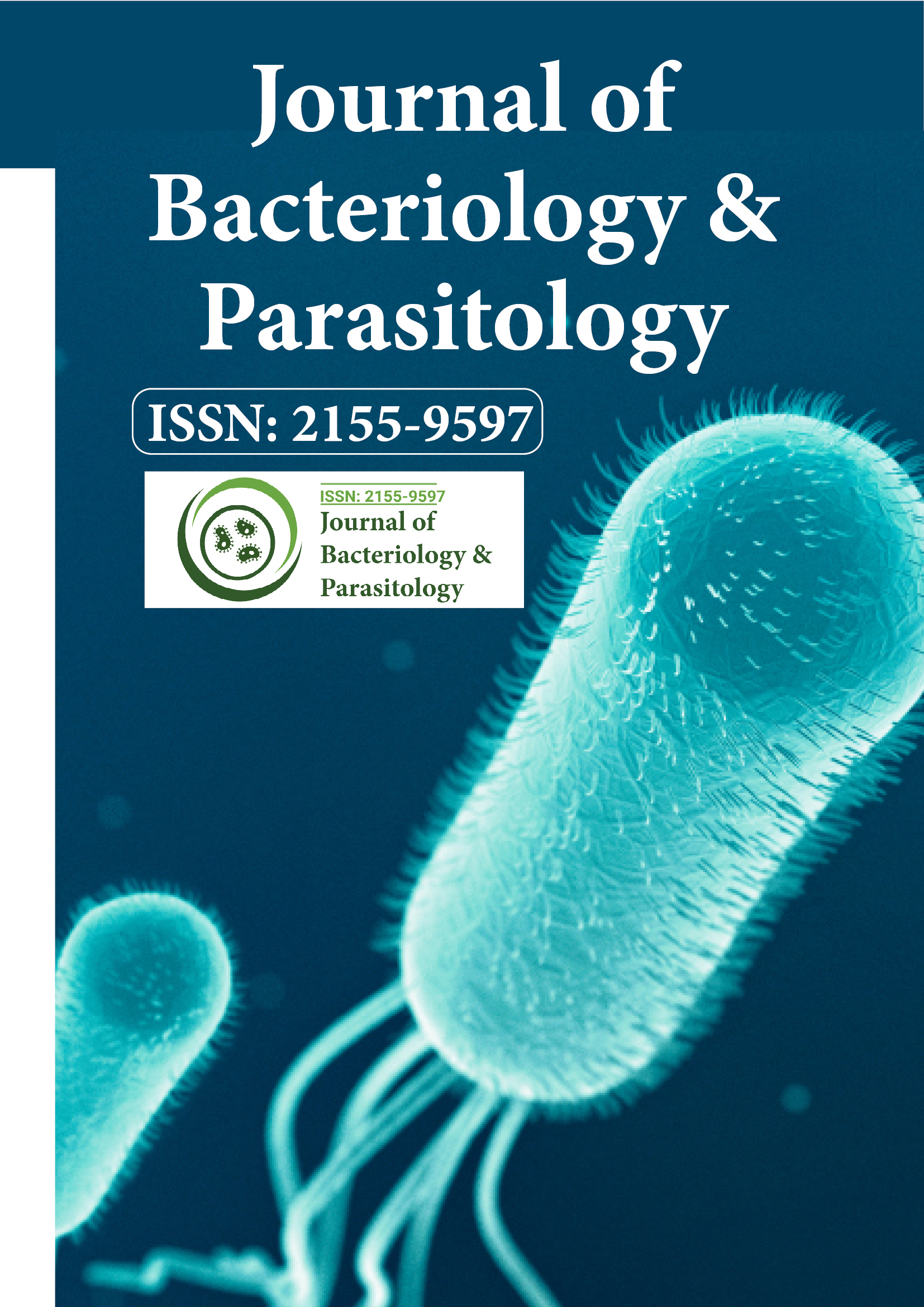索引于
- 打开 J 门
- Genamics 期刊搜索
- 学术钥匙
- 期刊目录
- 研究圣经
- 乌尔里希的期刊目录
- 访问全球在线农业研究 (AGORA)
- 电子期刊图书馆
- 参考搜索
- 哈姆达大学
- 亚利桑那州EBSCO
- OCLC-WorldCat
- SWB 在线目录
- 虚拟生物学图书馆 (vifabio)
- 普布隆斯
- 米亚尔
- 日内瓦医学教育与研究基金会
- 欧洲酒吧
- 谷歌学术
分享此页面
期刊传单

抽象的
猪呼吸道疾病综合症和生物膜
亚伯拉罕·洛拉-穆罗、弗洛尔·Y·拉米雷斯-卡斯蒂略、弗朗西斯科·J·阿维拉-冈萨雷斯和阿尔玛·L·格雷罗-巴雷拉
猪呼吸道疾病综合征 (PRDC) 是用来描述猪的多种微生物呼吸道感染的术语。猪呼吸道疾病在世界各地的现代猪肉生产中很常见,是造成养猪业重大经济损失的原因。猪呼吸道疾病的病原体在不同的农场、生产地点、地区和国家之间存在很大差异,因此无法对 PRDC 的治疗进行概括和控制。当猪同时感染两种或两种以上呼吸道病原体时,细胞和分子水平上发生的相互作用是多方面的和复杂的。多种细菌和病毒病原体通常与 PRDC 有关。主要相关细菌包括:胸膜肺炎放线杆菌、猪链球菌、多杀性巴氏杆菌、支气管败血波氏杆菌、帕氏嗜血杆菌和猪肺炎支原体。目前,微生物学家已认识到,生物膜形成是微生物的普遍属性,也是自然界的主要生活方式,它会导致动物和人类患病等问题。本文回顾了目前对与该疾病有关的主要细菌的了解、它们形成生物膜的能力以及它们对感染过程的重要性。
免责声明: 此摘要通过人工智能工具翻译,尚未经过审核或验证